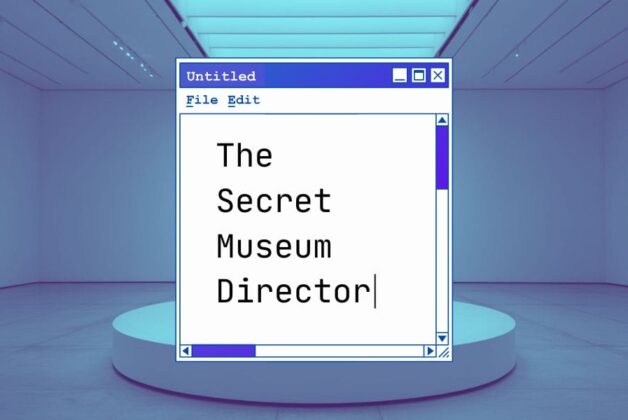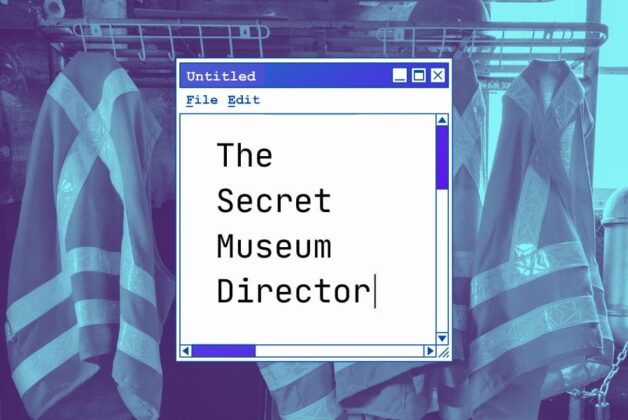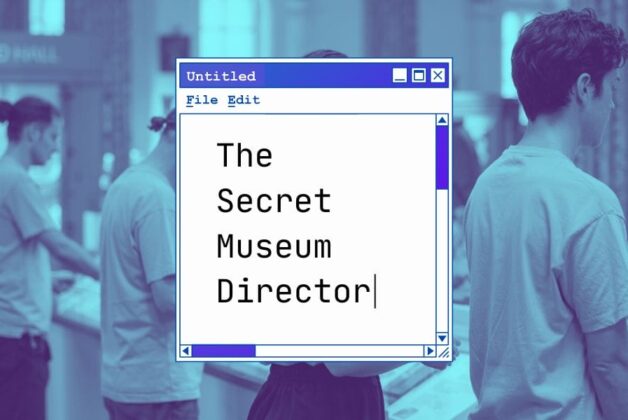The first of a continuing series to help cultural institutions find new and more sustainable solutions to the challenges of this increasingly chaotic world.
This year’s Museums + Heritage Show introduced a newly designed networking area for attendees to meet with Sector Support Organisations and Networks: the ‘Ambience Networking Lounge’, was created in partnership with visitor experience consultancy Stephen Spencer + Associates, and its warmly-received design was centred around the creation and importance of Ambience, demonstrating how each of the senses combine to deliver enhanced visitor engagement. The Show also saw the launch of SS+A’s Ambience Playbook, a how-to guide with a mission to help cultural organisations improve their ability to maximise visitor engagement and revenue.
Fundamentally, Ambience is a mindset: it’s about studying how visitors experience and (more importantly) how they perceive the experience. It’s about finding inspiration everywhere. It’s about not letting restrictive budgets restrict human connection to your mission; and it’s about getting more in return for every pound, and every ounce of effort, you invest in your museum.
In this first article, I’d like to share some reflections on productivity. As a country, we have got used to the idea that we are just bad at productivity: indeed, in a new podcast, The Rest is Money, hosted by Steph McGovern and Robert Peston, our poor productivity, leading to poor return on investment, compared to the major markets of the world, is laid bare.
I’ve had a bee in my bonnet about this topic for nearly a decade: in 2015 I wrote a blog (in fact I wrote several blogs) about the dramatic finding by workforce development charity People 1st that a 1% increase in productivity could drive an additional £1.43 billion revenue to the hospitality industry. In fact, I set up a training business on the strength of this report – I couldn’t get over the fact that businesses were missing out on potentially unlimited growth. Having already owned one training company, in Scotland, I was well aware that so-called soft skills are not valued, and that as a result, albeit unintended, employee engagement tends to be low, meaning retention rates are also low, customer and visitor experience are among the weakest areas of business performance, and (it seems obvious to me) as a result productivity is lower than it could or should be.
So what does this look like, in the real world?
Have you ever sat in a coffee shop, café or restaurant where employees missed the opportunity to upsell you a pastry or dessert, or even just another drink, because they did not approach you at the right time or in the right manner?
When I was planning to set up my second training business, my business partner and I sat one day in a coffee shop for several hours, and watched as the employees behind the counter chatted to one another, only interrupted by the occasional customer. We observed that had they offered us more coffee (and cake) at regular intervals, they would almost certainly have covered the cost of their wages for that afternoon. It made us wish we could create a time-lapse video, showing the costs of payroll, heat, light, stock, marketing, and other overheads, going down the metaphorical drain, whilst our coffee cups (and stomachs) remained empty.
Now imagine if that coffee shop or restaurant were in your own museum: what would be the reasons for this missed opportunity? Perhaps your employees or volunteers have not been trained to be proactive; perhaps they don’t have the confidence to come forward and ask for a sale? Perhaps they don’t appreciate that, done in the right way, and at the right time, selling is service – in other words, offering a visitor or customer something that would enhance their experience is a positive thing to do, and makes a positive contribution to the bottom line too.
In a nutshell, Britain, British business, the public finances, household budgets, and ultimately funding for our cultural sector, are going to be under significant pressure for the foreseeable future. So long as we open our doors we incur costs, and they are rising. We know now that we have a major problem maximising our return on that investment. Currently rather than being an investment, those costs are simply sunk; sunk, possibly without trace.
There is however a way to turn the tide: it’s about appreciating that the world has changed forever, all people are now customers and that includes employees and volunteers. In recent years, in my current (third!) training and consultancy business, I have seen a dramatic trend towards people coming to work, or volunteer, at cultural institutions in order to follow their values rather than pursue wealth. Surveys show that customers to increasingly shopping with their values. Our institutions, then, are uniquely well placed to capitalise on these trends. Of course, as the British Museum has recently demonstrated, managing reputation is fundamentally important in order to retain not only trust, but even the integrity of the collection, in a world that questions the very legitimacy of the holdings of many cultural institutions.

But I digress: if we are going to attract and retain, motivate and develop employees and volunteers, who will carry our mission forward with confidence, and in a sustainable way, we must lead with values. We must create an environment where our mission excites, inspires, and is self-evidently improving the world around us. Then we must ensure that everything we do is geared towards delivering that mission, through the experience every employee, volunteer, and visitor has of us. This is what we call Ambience.
In simple terms, understanding how employees, volunteers, and visitors (let’s just call them our customers) experience what we do is the first step on a journey towards creating a sustainable visitor experience. A study by Rockefeller University in New York suggested that customers remember one percent of what they touch, 2% of what they hear, 5% of what they see, 15% of what they taste and 35% of what they smell. In my view there is a sixth sense: it’s the feeling that customers get when the whole experience delivers the brand promise; in other words how they engage with the delivery of our mission in all the interactions between us and them, managed or unmanaged. Developing that sixth sense is the essence of the Ambience Playbook it’s about honing a heightened awareness of how everything that happens in your institution – your museum, gallery or visitor attraction – is experienced by your team and your customers.
In the Ambience Playbook, we at Stephen Spencer + Associates set out to create a step-by-step guide enabling any institution, large or small, to develop this sixth sense and use it to increase engagement, visitor experience, productivity and sustainability. Over the coming months I’ll share the tools and techniques, and some of our favourite examples of Ambience, and I hope you’ll come with us on the journey. In the meantime if you’d like to know more about the Ambience Playbook, you can download it for free at the link below. In the next instalment, I’ll explain how to get started – answering the question “What are the first steps to identify a project to improve the sustainability of your institution?”
For a free copy of the Ambience Playbook, go here.






